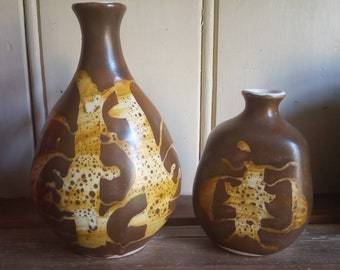Photo

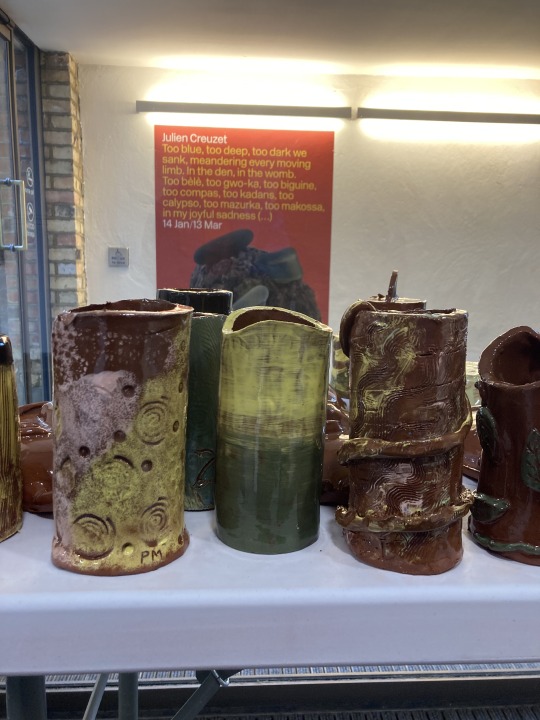

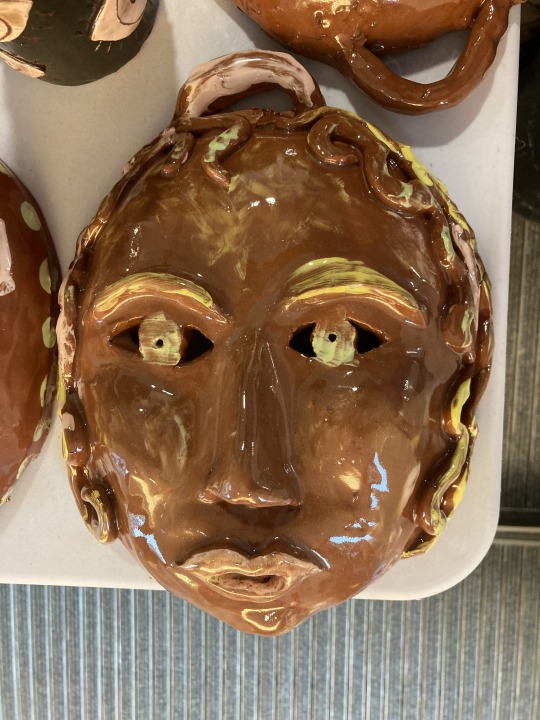
ceramics of mask-like figures seen in ‘Studio Voltaire’
I want to create some pieces like this
1 note
·
View note
Link
good information on tribal art and how it influenced the west - although I dont want to get too involved with tribal art yet, more about the remains of human life
1 note
·
View note
Photo
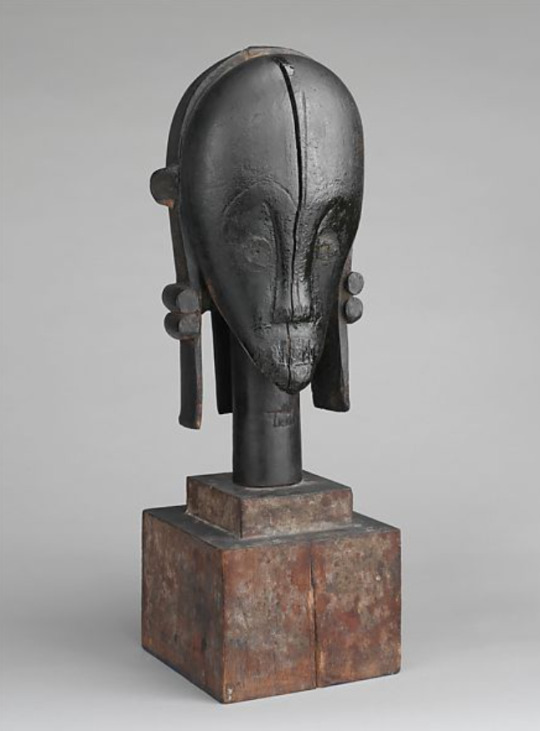
TRIBAL ART
The Fang sculpture exemplifies the integration of form with function that had created a centuries-old tradition of abstraction in African art before the European colonial period. Affixed at the top of a bark vessel where remains of the most important individuals of an extended family were preserved, the sculptural element can be considered as the embodiment of the ancestor’s spirit. The representational style is therefore abstract rather than naturalistic. The abstract form of the Mbete piece goes even further to serve its function. Because the figure is the actual receptacle for the ancestral relics, the torso is elongated, hollow, and accessible from an opening in the back. The exaggerated flatness of the face in these reliquaries, and its lack of affect, typify elements of African aesthetics that were frequently evoked in modernist painting and sculpture.
0 notes
Text
Please contextually reference your subject matter. What art, design, cultural, historic references can you look at to gain insight? 650 words
Ancient rituals and ceremonies - specifically Mexican masks and how they are used for dancing and in these tribal celebrations.
Dada Africa: Dialogue with the other’ - A very focused look at the Dada groups fascination with African Tribal art.
Die Brucke group: focused on the primal, instinctual and ritual aspects of non-Western art
1 note
·
View note
Text
How does this subject area relate to the bigger picture of your own area of expertise? Have you explored similar concepts before? Talk about a project(s) you have done in specialism that is relevant either conceptually or technically. Which mediums, techniques, materials that you have mastered on the course so far could you utilise in your FMP? 200 words
For my project, I aim to look back into our past as human beings, taking a prehistoric mindset into my work. I want to uncover how we used to act and what inevitably happens to all of us once we die.
Fossils really intrigue me as they show a visible, beautiful imprint of animal life found thousands of years later. I want to explore more into ancient rituals, including that of the burial of Tutunkhamun, alongside traditional Egyptian burials of Pharoes. This would be the first time I explore this concept, which really excites me.
Fossils and ancient rituals all combine themselves into ancient history which is something I really want to bring into my practice.
I aim to use ceramics as my base for my work as it is a delicate medium, just like the subject I am exploring. It is also key in allowing me to create a similar imprint design which I see in fossils. I want to create pots and sculptures based of ancient historical events in our history.
1 note
·
View note
Photo
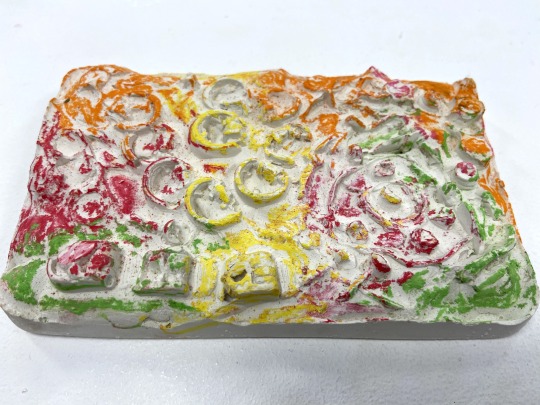
My own ceramic interpretation of a fossil, using present day objects as a contrast to the ancient formations that are created through fossilisation
1 note
·
View note
Photo
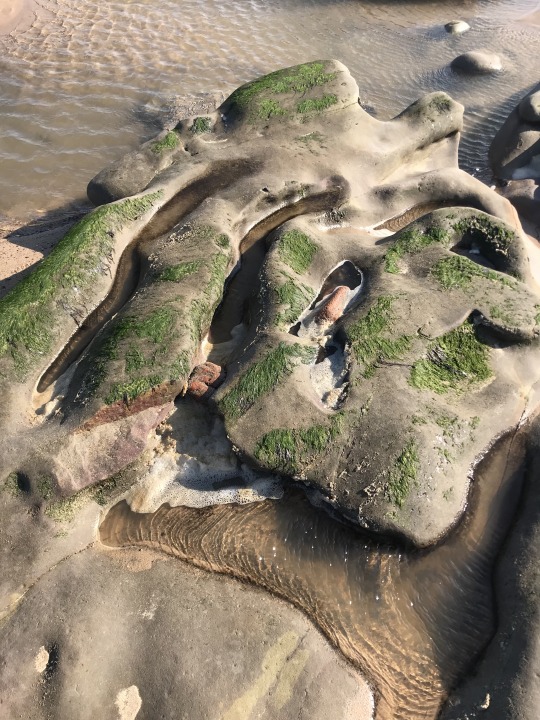
Rock formations that convey a particular pattern that fits with my fossil research.
I want to create similar indents and markings into the pottery/ ceramic pieces that I will make
1 note
·
View note
Text
Please introduce your chosen subject area. What interests you as potential starting points or areas of research? What influenced this choice? 650 words
I want to explore the idea of memory, and looking back to where we came from. I started off by looking at painting using ones imagination/ using your memories of specific events as an artistic charge. This developed after seeing Paula Rego’s Exhibition ‘The Forgotten’ at the Victoria Miro. I really liked her use of folklore and fairytales, always drawing back to her childhood memories. Through looking at folklore I began to develop more knowledge on the ideas of ancient rituals, looking into the different kinds of events that occur depending on the location they take place in. I researched into the Dumnonii tribes and their origins of South Devon, as I am intrigued about the previous lives before us and how different they were.
My main influences for this topic were
1 note
·
View note
Link
0 notes
Quote
Water circulates around the globe, flowing through our bodies and spreading to the rest of the world. If we were capable of reading this information contained in the memory of water, we would read a story of epic proportions
The hidden messages in water, Masaru Emoto
1 note
·
View note
Photo
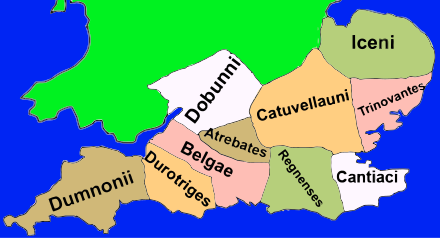
dumnonii celtic tribes found in east Devon and Cornwall, here they investigated fossils
The Dumnonii are thought to have occupied relatively isolated territory in Cornwall, Devon, Somerset and possibly part of Dorset. Their cultural connections, as expressed in their ceramics, were with the peninsula of Armorica across the Channel, rather than with the southeast of Britain. They do not seem to have been politically centralised: coins are relatively rare, none of them locally minted, and the structure, distribution and construction of Bronze Age and Iron Age hill forts, "rounds" and defensible farmsteads in the south west point to a number of smaller tribal groups living alongside each other.
Dumnonia is noteworthy for its many settlements that have survived from the Romano-British period, but also for its lack of a villa system. Local archaeology has revealed instead the isolated enclosed farmsteads known locally as rounds. These seem to have survived the Roman abandonment of Britain, but were subsequently replaced, in the 6th and 7th centuries, by the unenclosed farms taking the Brythonic toponymic tre-.
As in most other Brythonic areas, Iron Age hill forts, such as Hembury Castle, were refortified for the use of chieftains or kings. Other high-status settlements such as Tintagel seem to have been reconstructed during this period. Post-Roman imported pottery has been excavated from many sites across the region, and the apparent surge in late 5th century Mediterranean and/or Byzantine imports is yet to be explained satisfactorily
0 notes
Photo

Trilobites
These strange-looking creatures lived hundreds of millions of years ago. They are distant relatives of crabs and lived in the sea. Some swam, while others walked on the sea floor. By 251 million years ago they had all disappeared.
Trilobites were many different shapes and sizes. Their bodies had three main parts - a head, body and tail. They had a hard cover on their back. This is usually what we are looking at when we find a trilobite fossil.
We know that many trilobites could roll up, like woodlice can, as fossils often show them in this position.
Good places to find trilobite fossils: Torquay in Devon, Marloes Sands in Wales and Coniston in Cumbria. Two very famous sites are Wren's Nest in Dudley and Girvan in Scotland.
Common in rocks aged: 485 to 419 million years old (Ordovician and Silurian periods)
0 notes
Text
Ammonites
Ammonites are related to the squids and octopuses you can see today, but they're all extinct - they died out at the same time as dinosaurs.
Their shell is usually a flat spiral shape. It is made up of chambers, like little rooms within the shell, connected by a tube. The animal only lived in one of these chambers and used the other spaces to help it float. Some ammonites were tiny, others as big as a person.
Ammonites lived in the sea. If you find an ammonite fossil in a rock, you know that millions of years ago the spot where you're standing used to be totally underwater.
Good places to find ammonite fossils: Lyme Regis in Dorset and Runswick Bay in Yorkshire
Common in rocks aged: about 201 to 66 million years old (Jurassic and Cretaceous periods)
0 notes
Photo
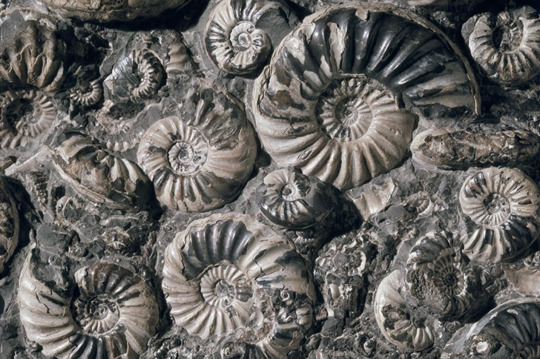
The ammonites Asteroceras and Promicroceras, found near Yeovil in Somerset. Noticed by their distinctive coiled shells
0 notes
